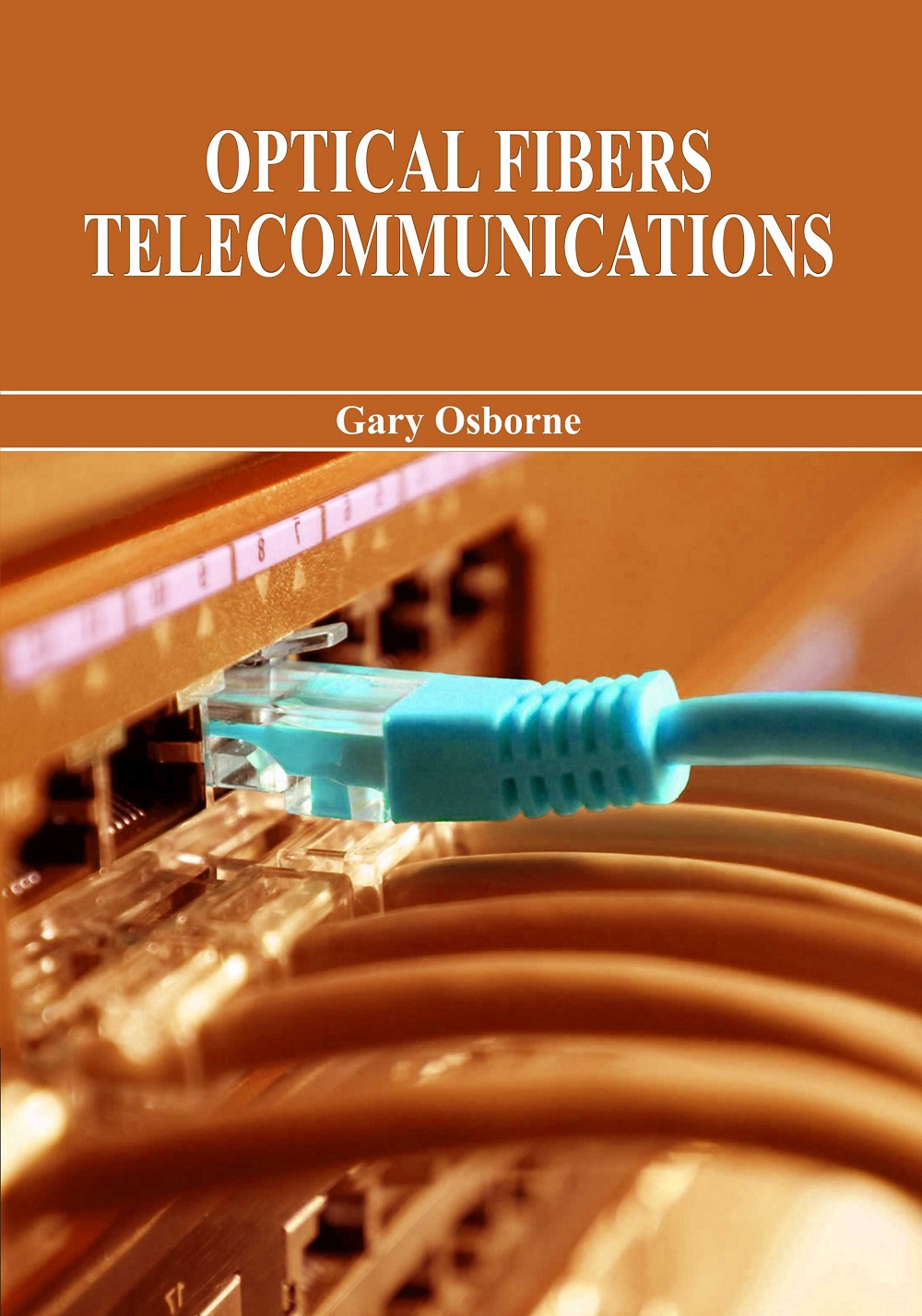Optical Fibers Telecommunications Gary Osborne
- ISBN: 9781788820837
- Edition: 1st
- ©Year: 2020
- List Price : 170
About the Book
This book is structured into 12 chapters to facilitate a logical progression of material and to enable straightforward access to topics by providing the appropriate background and theoretical support. Chapter 1 gives a short introduction to optical fiber communications by considering the historical development, the general system and the major advantages provided by this technology. Chapter 2 discuss about the quality of service and telecommunication impairments. In Chapter 3 the concept of the optical fiber as a transmission medium is introduced using the simple ray theory approach. This is followed by discussion of electromagnetic wave theory applied to optical fibers prior to consideration of lightwave transmission within the various fiber types. In particular, single-mode fiber, together with a more recent class of microstructured optical fiber, referred to as photonic crystal fiber, are covered in further detail.The major transmission characteristics of optical fibers are then dealt with in Chapter 4. Again there is a specific focus on the properties and characteristics of single-mode fibers including, in this third edition, enhanced discussion of single-mode fiber types, polarization mode dispersion, nonlinear effects and, in particular, soliton propagation. Chapters 5 and 6 deal with the various transmission and switching techniques. Also discuss the different transmission aspects of Voice Telephony. Chapter 7 describe the light sources employed in optical fiber communications. The other important semiconductor optical source, namely the light- emitting diode, is dealt with in Chapter 7. Chapter 8 discuss about the various design features of Optical Fibers for communication systems. Chapter 9 provides a general treatment of the major measurements which may be undertaken on optical fibers in both the laboratory and the field. The chapter is incorporated at this stage in the book to enable the reader to obtain a more complete understanding of optical fiber subsystems and systems prior to consideration of these issues. Chapter 10 on optical networks comprises an almost entirely new chapter for the third edition which provides both a detailed overview of this expanding field and a discussion of all the major aspects and technological solutions currently being explored. Chapter 11 discusses about the data communications methods. Chapter 12 dealt with the telecommunication lasers techniques
Contents: 1. Introduction to Telecommunication, 2. Quality of Service and Telecommunication Impairments, 3. Optical Fibre Waveguides, 4. Optical Networks, 5. Transmission Characteristics of Optical Fibers, 6. Transmission Aspects of Voice Telephony, 7. Optical Amplification, Wavelength Conversion and Regeneration, 8. Optical Fibre Measurements.
Gary Osborne is an emeritus professor. Fie received his Bachelor and Master's degrees in mathematics and physics. His professional experience and research interests are in the general areas of optical networking and bio-photonics. Fie is the author or coauthor of nearly 210 researches papers, book chapters, and monographs. Gary Osborne is a Fellow of both the Optical Society and the Institute of Electrical and Electronics Engineering. Fie represents the leading experts in their fields and is dedicated to improving the lives, careers, and interests of readers worldwide. His professional experience and research interests are in the general areas of optical networking and bio photonics.

